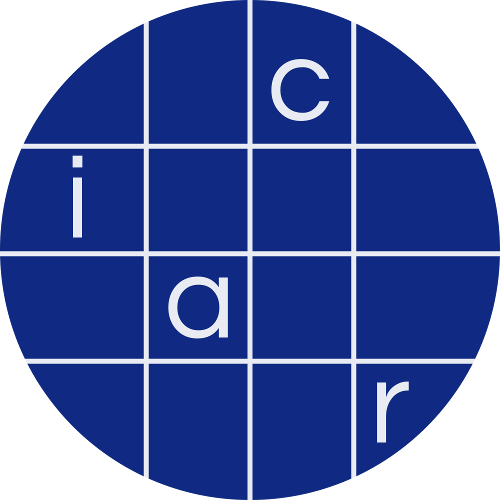IACR News item: 09 November 2025
Benjamin Dowling, Britta Hale, Xisen Tian, Bhagya Wimalasiri
Among standardization efforts for space and interplanetary
network security, the Internet Engineering Task Force (IETF) is driv-
ing work on space network security, accounting for the unique proper-
ties of space environments that make space communication challenging.
This includes long, variable-length delays, packet loss, and intermittent
end-to-end connectivity. Within these efforts, there is a focus on using
IP-based protocols for security, and in particular the use of the QUIC
protocol. This is unsurprising given QUIC’s growing popularity and of-
fer of optimization intended for reducing latency. However, QUIC uses
the Transport Layer Security (TLS) key exchange handshake protocol,
which was originally designed for ‘connect and forget’ style Internet con-
nections at scale. It is also session-based, where protocol participants
require reestablishment of the session for each reconnection – a costly
maneuver in the space setting. Furthermore, TLS by default does not
achieve strong post-compromise security properties within sessions, ex-
hibiting a risk under long-lived connections, and need for synchronous
handshakes to counteract this are in functional contrast to the space
environment, which has intermittent end-to-end connectivity.
We address both drawbacks of QUIC by introducing QUIC-MLS: a vari-
ant of QUIC which replaces the session-based, synchronous TLS hand-
shake with the standardized continuous key agreement protocol, Mes-
saging Layer Security (MLS), which achieves asynchronous forward se-
crecy and post-compromise security. In addition to the design itself, we
implement our design and provide benchmarks, and analyze our new
construction in a formal cryptographic model.
Additional news items may be found on the IACR news page.
